I like bees, mostly because I’ve never been stung by one. At any rate, I’m currently obsessed with the sweet nectary goodness they make. Nom nom nom! (I’ve secretly always wanted to be covered in bees, like those creepers that just stand there in a swarm like, “Sup. I’d shake your hand but, ya know, covered in bees. Ain’t no thang!”)
So anyway, I’ve gone over in previous posts that when it comes to using honey for medicinal purposes, it’s important to use raw honey. You can read more details in my Cough Syrup vs. Honey post and my post All About Propolis – The Mystery Ingredient in Raw Honey.
As with all things naturey (yes, I said naturey) there are various degrees of “pure”, “organic” and “raw”, and our job as healthy eaters and wise consumers is to understand the various degrees of these qualities in the foods that we buy. And honey is no exception.
What Is Comb Honey?
Comb honey is the purest, rawest honey available. You cannot get more “raw” and “natural” than comb honey.
Comb honey is basically a chunk of the hexagonal shaped beeswax cells of the honeycomb, each cell filled with raw honey, exactly at the bees packed it. Before the invention of the honey extractor, all honey produced was in the form of comb honey.
Because the honey is still in the comb and has not been touched by man, it contains every bit of pollen, enzymes, propolis, vitamins, amino acids, antioxidants, minerals, and aromatics that the bees produced in the hive. There’s no filtering, processing or rearranging of the raw product by human hands.
While the “untouched honey” aspect is awesome, the real appeal of comb honey isn’t just the ultra raw honey in the comb, but the actual comb itself. The wax cells of honeycomb are not only edible, but very beneficial. According to LiveStrong.com, the comb is more nutritious than the honey itself, containing a natural antibiotic, bee pollen, some residual royal jelly and large amounts of propolis.
Honeycomb wax also contains even more of the allergy alleviating properties that honey is well known for. The International Federation of Beekeepers’ Association believes that honeycomb (no matter the geographical origin) is one of the best natural cures for allergies and asthma. If you have problems with allergies, the Beekeepers Association suggests you try “Comb Honey Apitherapy”, which involves enjoying a daily regime of eating 1 tablespoon of raw honeycomb once in the morning and once in the evening.
Why Eat Comb Honey
Comb honey is currently in great demand among health enthusiasts, honey aficionados, gourmands, connoisseurs and chefs, and for good reason.
First off, the hexagonal wax structure of comb honey is just PRETTY. I mean, it’s totally enchanting. The honeycomb is composed of hexagonal cells with walls that are only 2/1000th of an inch thick, but it is capable of supporting 25 times its own weight. It’s solid and sturdy while at the same time delicate and fragile. Comb honey is one of those true natural testaments to the glory of a creator God. It’s enough to leave you wonderstruck to think of how these tiny bees can so intricately build such awesome cells of geometric perfection.
(I’ve discovered I frikkin’ love eating precious things.)
Secondly, each batch of honey retains the floral essences of the plants from which it was made, without any processing to strip the rich flavors.. AND the flavor of the waxy comb also differs according to what the bees ate. So the two intricate flavor medleys of honey and comb add an overall combination of flavors, textures, and aromas that extracted honey just doesn’t have.
This is just a fun food. Initially it appears to be just a dry square of beeswax, but when you cut into the surface of the comb, the trapped honey wells up and oozes out of the individual cells. The gooey waxy bite is chewy, pleasantly sweet, brightly flavored, and delightfully fresh and pure. The beeswax is so saturated in honey and the wax is so delicate that there’s absolutely no need to “chew it up and spit it out” like some (wimpy) people recommend. The soft texture and easily digested (and good for digestion!) wax is a true delicacy and a delight to nibble on.
How To Eat Comb Honey
The popular way to eat comb honey is to cut a chunk of it off and spread it over toast. You may have to mash it a bit, but it flattens out easily. Comb honey doesn’t easily melt, but when gentle heat is applied it becomes soft and aromatic. (You never want to heat raw honey above 115 degrees, or it will destroy all the beneficial enzymes, antioxidants, vitamins, and aroma.) Comb honey is also good on hot biscuits, French toast, muffins or pancakes.
Upscale restaurants often serve comb honey with a selection of expensive cheeses and multi-grain crackers. The most common hors d’oeuvre using comb honey is to cover a cracker with a piece of cheese – usually cheddar or brie – and top it off with a small chunk of comb.
Jonathan and I LOVE making hors d’oeuvre’s and entertaining friends with fancy finger foods, so we were itching to try out all the comb honey appetizer recipes out there… except.. uh, there aren’t any. Like, yeah, sure, one or two. But nothing unique, innovative or mouth wateringly tantalizing. So we have set out to change that.
Over the next week or so I’m going to be posting some of our comb honey hors d’oeuvre recipes that we’ve had a blast dreaming up, creating and tasting!
Anyway, like I said, the comb honey we are working with – Mohawk Valley Trading Company’s Summer Wildflower Comb Honey – is available about mid-July and about 90 percent of it is pre-sold since they take orders year round on a first come, first served basis. If you’re interested in trying to get dibs on a future batch, stop by their page and check out their selections!

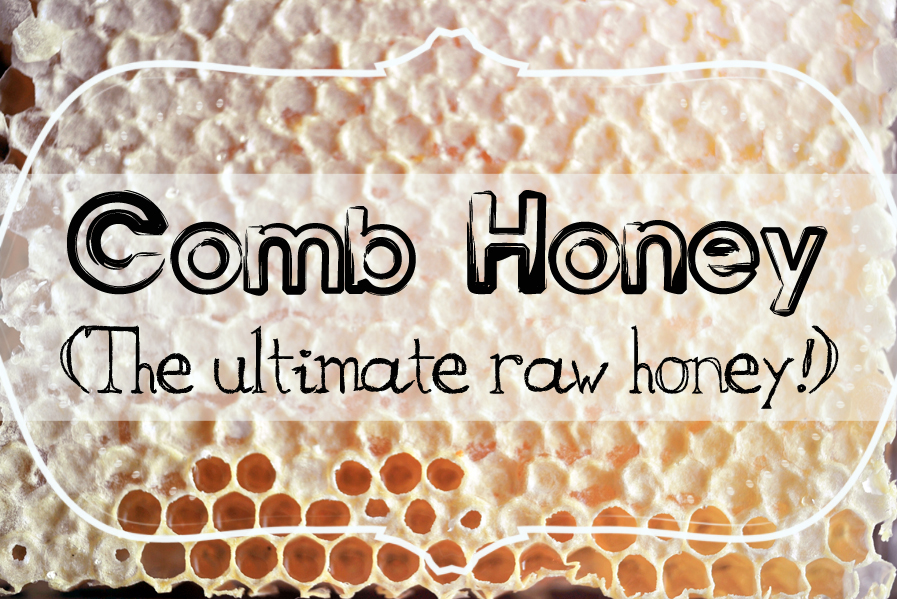

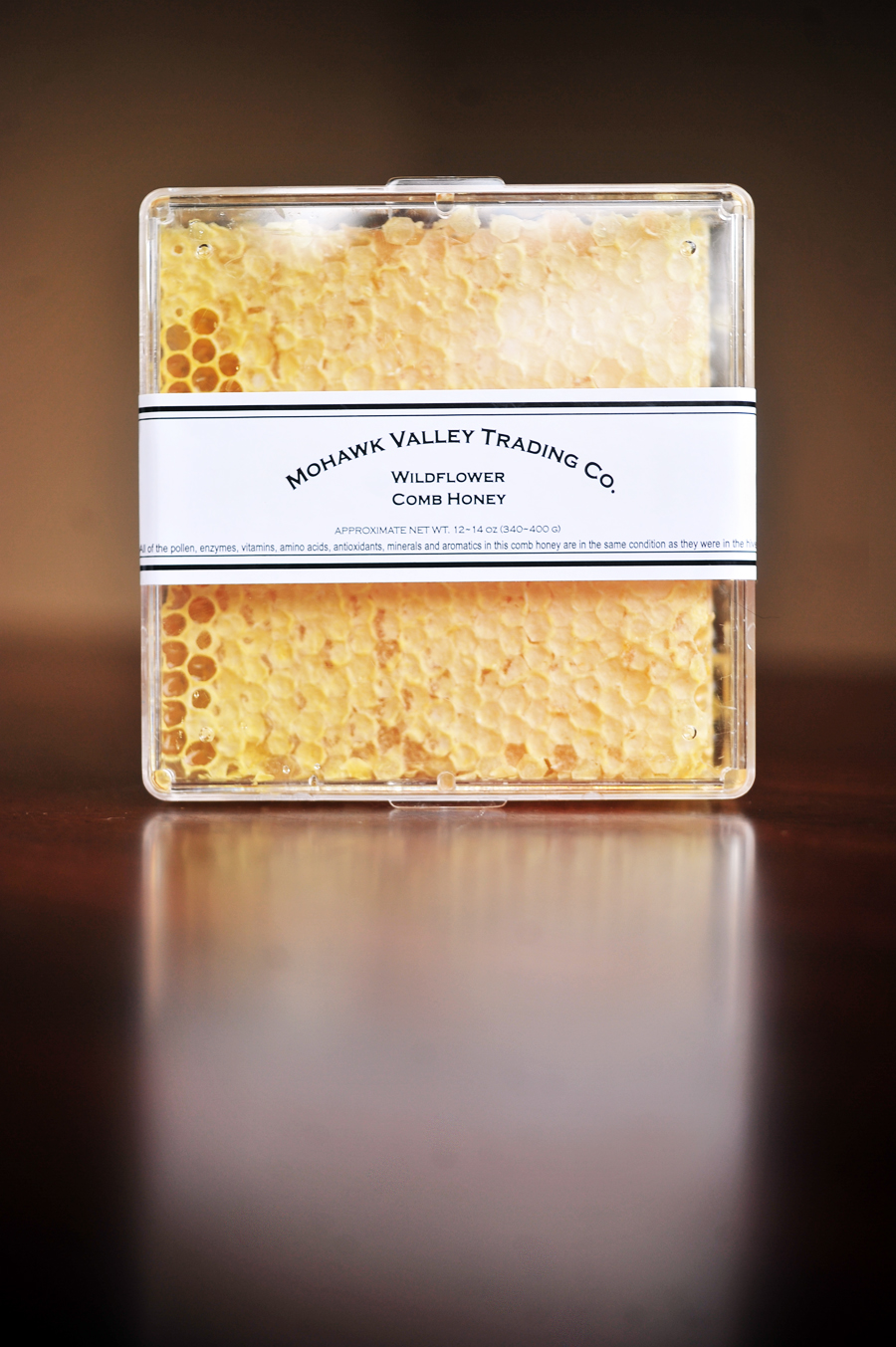
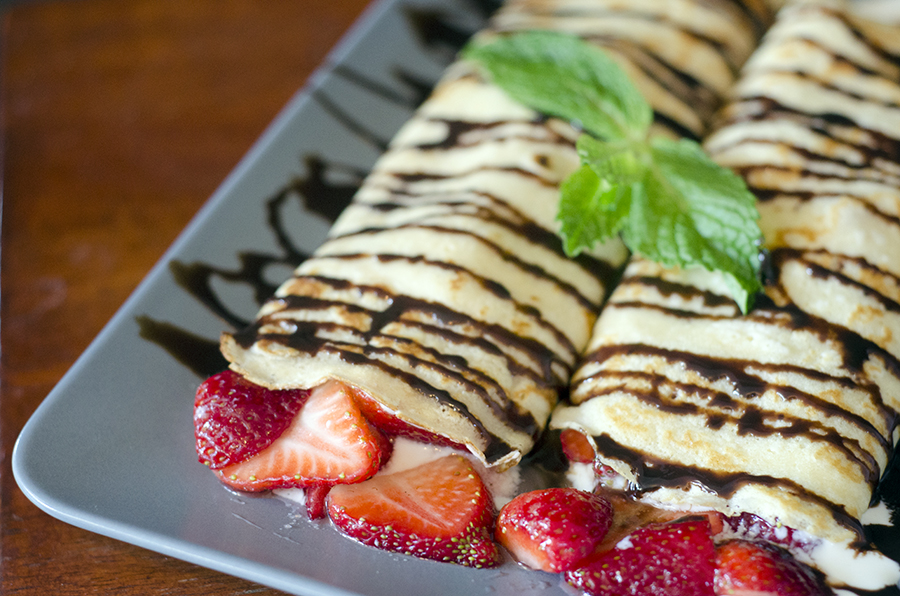
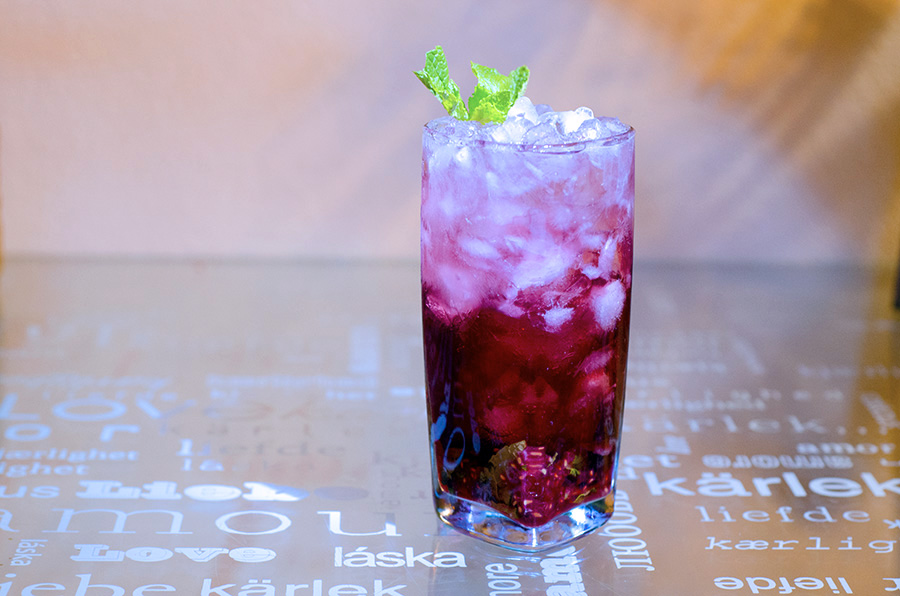
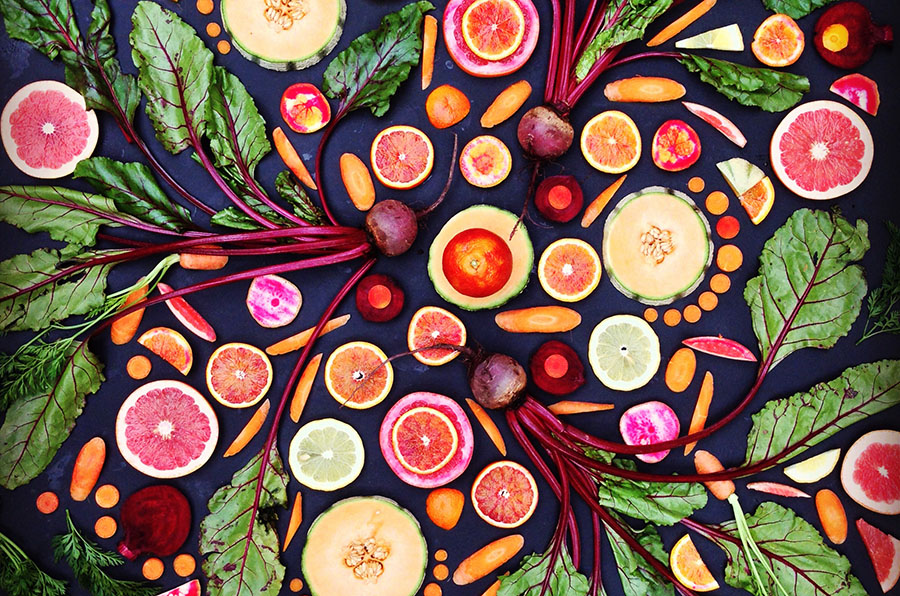
I found some raw honey! It tastes amazing. I never knew honeycomb was edible (except for chew & spit thing), now I want to try it.
I wish you were closer, I’d let you try mine! I’ve seen the “comb in the honey” variety at stores, with the cells already opened and drained. But I’ve never seen the solid block, closed cells still filled with honey variety in stores..
I definitely want to try it now! It just sounds so yummy. I think I would take it in a plastic container and just eat it as is for my desert at school….
The only thing is, it’s really high in natural sugars and calories! So you don’t want to eat a lot of it in one sitting. But yeah, it IS like candy! ^_^
Yeah I was thinking like two leetle (yes leetle) pieces. I usually take a little candy anyway so…
Hey, what happened to your blog? I’m getting a bum link…?
The raw honey we found at our Wegmans has a bit of the comb ‘capping’ it off. 🙂 It’s very good.
Did you try the actual honey comb?? That was the best part!
I would LOVE to try some honey still in the comb! It does look simply beautiful in it’s natural state, and I had no idea you could eat the waxy comb part. That’s a pretty exciting foodie idea! 🙂
I cannot wait to see the recipes you guys come up with! I would be interested in trying some.
I’ve got three of our seven recipes posted already.. once they’re all up, I’m going to do a “master list”, haha. The comb IS yummy!
Raw comb honey sounds amazing!
I never knew that the honeycomb is edible also…. interesting!
yeah, and it’s yummy!!
I know you made this post a while ago, but I just found it. We are beekeepers and are selling a lot of comb this year. It’s hard to sell it because people have no idea how to eat it, so we really appreciate your article. I usually eat honey comb spread on cheese (something normal like Cabot Cheddar) and under it a thin slice of apple if I have any. Pears would be good too. The comb crushes when you spread it and doesn’t even seem waxy like when you just eat the comb straight. The bees are amazing to make such a decadent treat and they don’t even know how good: they just do what they were designed to do. Thanks!
I’m trying to locate where I can find some honeycomb at